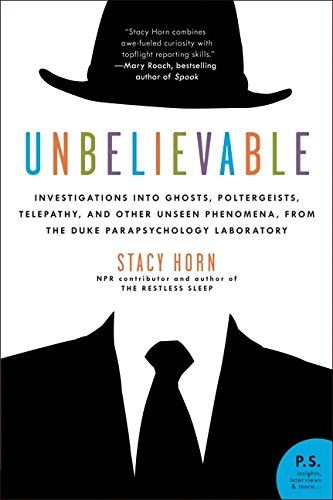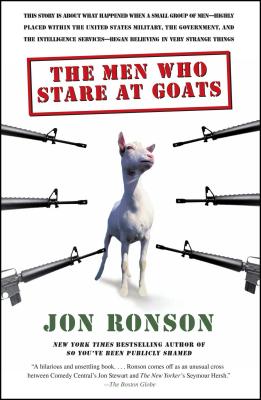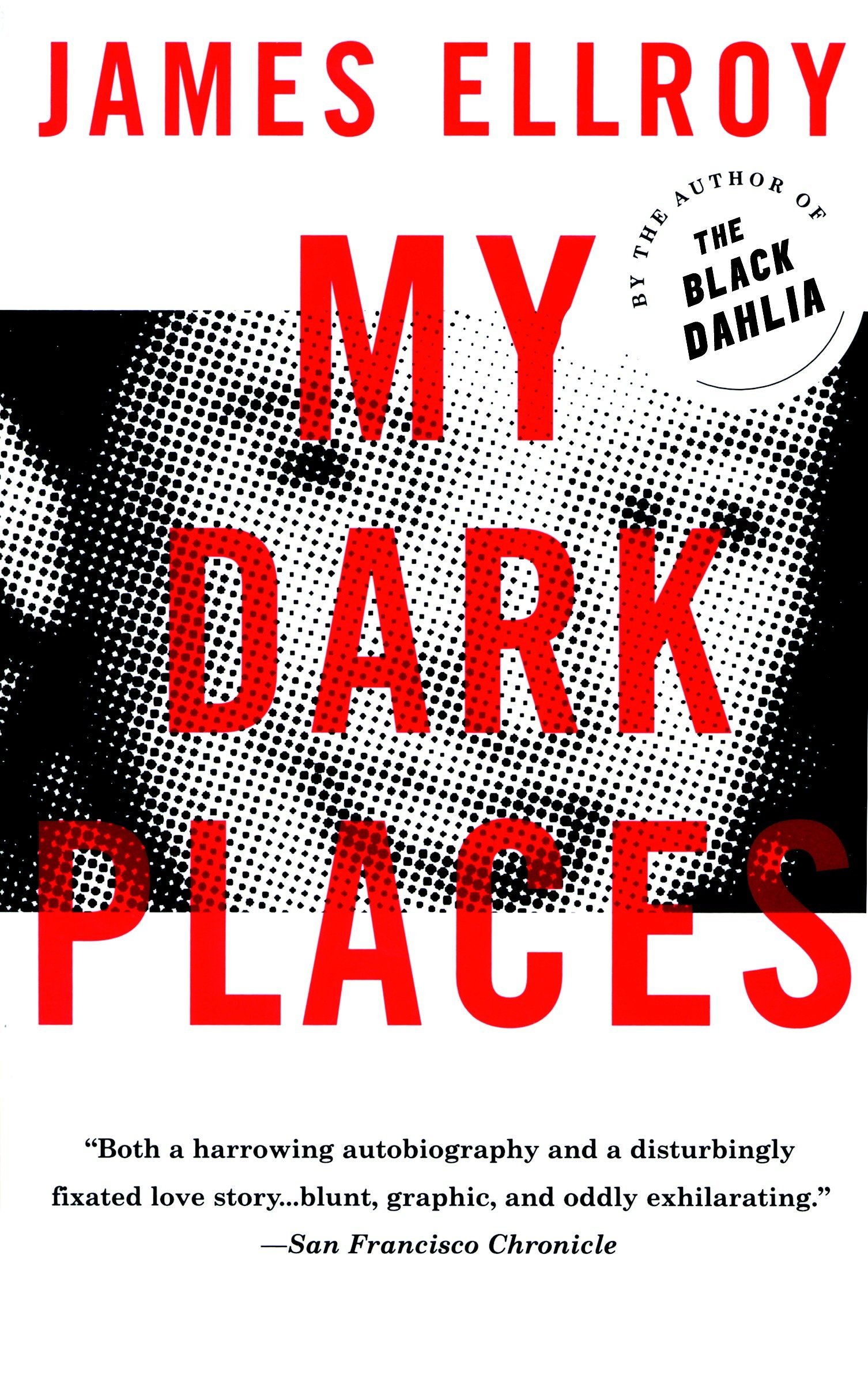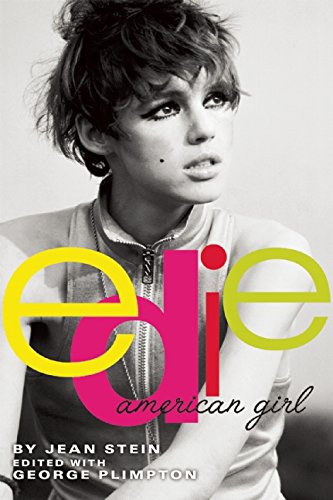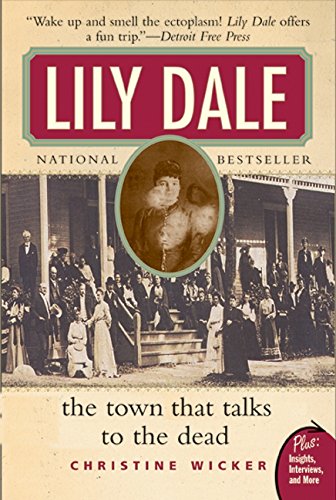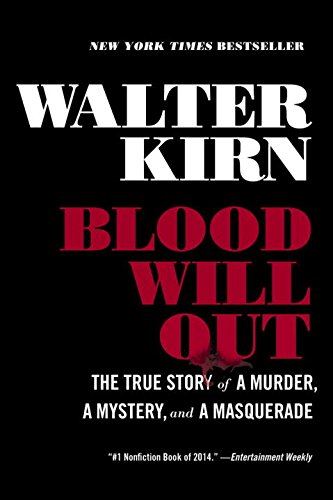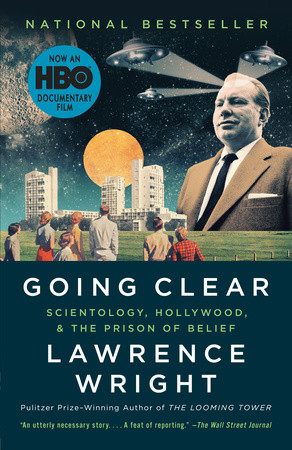In our quest to find the best fiction, we often overlook that real life can be beyond extraordinary. We asked one of our favorite authors, Sara Gran, author of THE INFINITE BLACKTOP, to share with us a list of some of the most engaging nonfiction.

8 Nonfiction Books That Are Stranger Than Fiction
The study of unknown phenomena was once a (semi)respectable field of study. Stacy Horn's warm profile of the Duke parapsychology lab and its charismatic leader, J. B. Rhine, is convincing and compelling. Horn is a skeptic in the true sense of the word, which is to say she approaches strange topics with an open mind, a brave heart, and a curious soul.
MENTIONED IN:
The movie was fun, but it didn't do this story justice. Jon Ronson uncovers the secret, delightful, radical history of nonlethal weapons and the US government's attempts at warfare through hypnosis, music, baby lambs, and pure love. Ronson's style is lively, charming, and laugh-out-loud funny. His book THE PSYCOPATH TEST is also well worth checking out.
MENTIONED IN:
James Ellroy's memoir of life as a lonely, confused young man in Los Angeles after his mother's murder is dark and hypnotic. Head full of illicit substances and dark fantasies, some of which he acted out, Ellroy one day started writing his dark fantasies down—thus beginning his slow transformation into the renowned forerunner of American crime fiction.
MENTIONED IN:
This oral history of beautiful, troubled, Warhol girl Edie Sedgwick is a rich slice of American history and a stunning arc of one woman's meteoric rise and tragic fall. Edie Sedgwick was from an old American family with an enormous amount of money and an enormous history of mental illness running through it. Edie was a muse, a model, an actress, and maybe an artist in her own right. She fell right into the middle of everything that was right about the sixties—creativity, freedom, the throwing off of outdated norms—but also, sadly, everything wrong—misogyny, excessive drug use, and commercialization of everything—and died at age 28 in 1971.
MENTIONED IN:
Spiritualism was a religious movement that started in New Orleans in the 1920s and spread across the country like wildfire. Its practices include veneration of the saints and talking to the dead. At one point the Spiritualist movement was so big they had entire Spiritualist towns. There's still a few left, and Lily Dale, New York, is one of them. Come along for a charming, spooky, wonderful tour of a town where your neighbors are spirits.
MENTIONED IN:
Walter Kirn, the novelist and critic, struck up a friendship with a man he believed to be Clark Rockefeller, son and heir of the Rockefellers. But he was wrong—the man was Christian Gerhardt—murderer, thief, and con man. Was Kirn a few days away from being his next victim? Maybe. Is Kirn a fascinating character, with a wealth of insight into his own flaws? Yes. Stick with this one—Kirn's early self-aggrandizing is paid off at the end with enormous insight and depth into that very same self-aggrandizement!
MENTIONED IN:
You may have seen Leah Remini's A&E show, read the exposé articles, or heard the news stories. But there is still so much to delve into about the hidden corners of Scientology. And, as with all of these books, the story of Scientology is, in a way, the story of America itself: our hopefulness, our vision, our insecurity, and our vulnerability.
With years of research, dozens of interviews, and writing as rousing as the best thrillers, GOING CLEAR is the astonishing tale of Scientology and its fraught relationship with Hollywood, the IRS, and its own members. Compelling and thought-provoking, Lawrence Wright asks us to evaluate just what constitutes a religion and how faith works in our modern times.
Maybe you've seen the movie Sybil, about the woman with 16 personalities in one body, or read the 1973 book. Some personalities were adults, some were children, and some were kind of scary. According to Debbie Nathan, not only was Sybil not a multiple, but multiple personality syndrome might not exist at all, and the whole thing may be a bizarre delusion brought on by a small vanguard of troubled patients and equally troubled therapists. Fascinating and compulsively readable, this book has endless topics for discussion.
MENTIONED IN:

